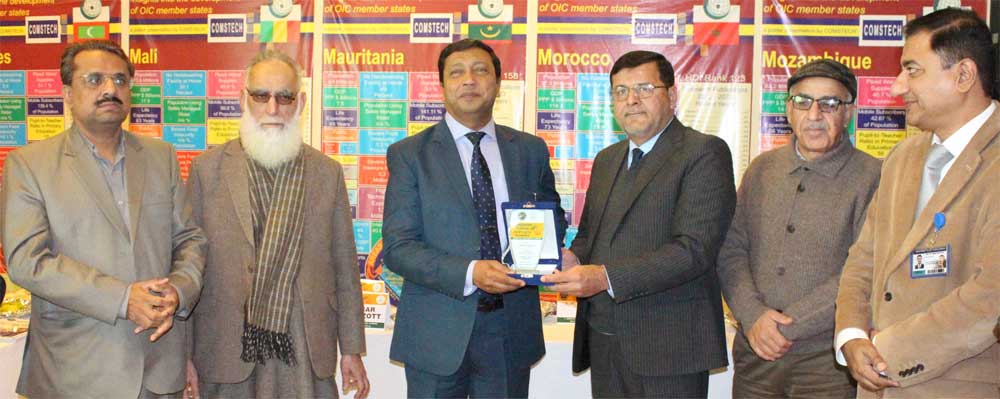Amidst a period characterized by technological advancement, the unwavering quest for efficiency has turned into a driving force behind advancement as well as a sign of significant transformation. An era of unmatched efficiency gains has begun as industries adopt cutting-edge technologies, such as automation, robotics, and artificial intelligence, in an effort to increase productivity. However, the displacement of traditional labor is a complex and nuanced challenge that comes with this efficiency boom.
The very innovations meant to increase productivity and streamline procedures are changing the nature of work, making certain positions obsolete while spurring the development of new, technologically advanced positions. This piece takes the reader on a tour of the complex interactions between labor displacement and efficiency gains as it navigates the highs and lows of a world where progress is reshaping not just our working environments but also our entire social and economic structures.
Automation is the product and uptake of innovative technologies that make it possible for money to replace labor in a variety of tasks. Due to the displacement effect, automation alters the task content of production in a way that is detrimental to labor, as capital takes over jobs that were previously done by workers. We can assess the impact of this new technological advancement by studying its historical development. It is displacing labor and poses a greater threat going forward.
Large numbers of agricultural workers were displaced by the mechanization of agriculture, which accelerated with the use of plows driven by horses, cultivator, and harvestersin the latter part of the 1800s, and in the 1900s, tractors and combine harvesters. Century 19 and Century 20 saw the automation of assignments in a variety of industries, including textiles, metals, agriculture, and finance. This led to a demand for displaced workersin engineering, manufacturing, maintenance, back office, management, and finance.
Another example of how workers are being replaced by machines in previously performed tasks is the mechanization of US agriculture. In the early 1800s, the labor-intensive process of separating the cotton seeds from the lint was automated by the cotton gin. The industrial system replaced more labor-intensive production methods that relied on skilled artisans with the application of machine tools, including milling machines and lathes, beginning in the latter part of the 1700s.
The potential to replace human labor with capital increased significantly with the introduction of steam power and then electricity. The introduction of punch cards as well as later numerically managed machinery during the 1940s marked a significant turning point in the automation of factories. The advent of industrial robots in the late 1980s marked a significant advancement in manufacturing, as it enabled the automation of numerous labor-intensive tasks such as painting, welding, palletizing, and machining.
The International Monetary Fund (IMF) estimates that Artificial Intelligence (AI) affects about 40% of jobs worldwide, with advanced economies being more vulnerable. According to the IMF’s most recent report, the prevalence of cognitive-task-oriented jobs in advanced economies exposes about 60% of jobs to AI.
Numerous factors are contributing to these issues. I would emphasize the few most significant ones. The first is the use of robotic process automation (RPBA) in workplaces, which increases efficiency but poses a serious risk to workers because it is taking the place of human labor. The second reason is outsourcing: in an effort to cut costs, businesses frequently outsource labor to nations with lower wage levels, which results in the displacement of workers in higher-paying areas. The other and most noticeable one is skill mismatch, which can cause a gap between the skills that employers are looking for and what workers already have. Furthermore, restricted access to programs for learning new skills can make it more difficult for employees to adjust to changing job demands.
What steps can we take to address and resolve this problem before it worsens? We should create initiatives to close the skills gap and guarantee that workers are equipped for new and developing sectors. There is a requirement for putting in place adaptable rules to promote workforce mobility and seamless job changes.
A better approach would be to offer financial incentives to SMEs so they can adopt new technologies without significantly losing their jobs. This would also encourage local business growth and the creation of jobs in the community. In this regard, the best course of action may be to facilitate partnerships for cooperative solutions to labor displacement and to support joint initiatives for research and technology implementation.
Achieving a balance between the advancement of technology and the welfare of the workforce necessitates a coordinated effort from all parties involved. In order to ensure that everyone benefits equally from efficiency gains and that no one is left behind in the pursuit of progress, let’s imagine a time when compassion and creativity coexist while we manage the challenges posed by a shifting economic environment. Together, we can create a future where the workforce develops with prosperity and resilience through deliberate policies and cooperative efforts.
Artificial Intelligence’s two-fold effect on global labour displacement and efficiency gains




